Terry Whalin is a California-based writer and acquisitions editor with years of experience in his field. I follow Terry’s work and religiously read his periodic newsletter. Appreciatively, Terry is very supportive of my writing on the DyingWords.net blog as well as sharing Kill Zone posts on social media.
Recently, Terry Whalin published a short but highly informative piece on the difficulty of getting indie work introduced into bookstores. Terry’s insight rang home to me, so I contacted him and asked permission to share the article on the Kill Zone. He graciously agreed, and here are Terry’s thoughts.
Why Self-Published Books Are Rarely Inside Bookstores
By Terry Whalin (@terrywhalin)
I’m involved in a couple of online writing groups and no matter how many times you say it, there seems to be a broad misconception about self-published books. These books simply don’t appear in the brick-and-mortar bookstores.
Please don’t misunderstand me. These self-published books have their place in the market—particularly if you have a means to sell the books to individuals or companies. For example, if you speak often and would like to have a book to sell in the back of the room, you can easily get a self-published book to use in these situations. Just don’t expect to sell your book to bookstores.
Recently a well-meaning author celebrated his first printed book, which was self-published. He was holding it in his hand—always exciting. He was plotting a strategy to get his book in as many bookstores as possible and asking for help from other authors in the group. If you are going down this path, it shows a clear disconnect with the realities of the market.
Here’s a bit of what I told him. “Congratulations on your book release and I celebrate with you—but after more than thirty years in this business and over 60 books in print—and working as an acquisitions editor over the last twelve years—I am going to have to give you a bit of a reality check. You will struggle and find it almost impossible for brick-and-mortar bookstores to stock your self-published book. It’s one of those messages that the self-publishing places don’t tell you (they want to get your cash and get your book in their system).
“Yes, your book is listed on Amazon.com (easy for anyone to do) but getting it into the bookstores is a completely different story. I’ve been telling writers for years about the ease of getting a book printed—now getting it into the bookstores and ultimately into the hands of consumers, that’s a different story.
“Retailers dislike self-published books. Every retailer that I’ve talked with about this issue (and I’ve invested the time to talk with them) has countless stories about the difficulties of these books. They have re-stocking problems and problems with the quality of the products (typos, editing, etc.).
“Here’s the real test for you: go to your local bookstores and ask them if they are carrying any self-published title on their shelves. Go to the big box stores like Barnes & Noble or Books A Million as well as your mom and pop smaller independent bookstores. The answer will surprise you. I will be surprised if you find a single self-published among any of the thousands of books.”
“We can’t say it often enough—the bookstore market is a closed system—that deals with distributors and large and small publishers. It’s why we work hard to get our books into the traditional publishing marketplace. It’s why you go through the effort and hard work to create an excellent book proposal or book manuscript or novel, then sell that idea to a publisher. Then your book is available in any bookstore—and can have the possibility of sitting on those bookshelves.
“It’s a free country and you can feel free to expend the effort and energy to market to bookstores and try and place your book. From my experience and others, it will be frustrating and likely not sell many books. I believe your marketing efforts are better served in other markets (outside the bookstore).”

No matter what I write, several of you are going to take the leap into self-publishing. Here’s several action steps if you go this route:
- Work with an experienced editor to create an excellent book.
- Work with professional cover designers and people to format and produce a book where every detail looks like something from one of the big five traditional publishers. This means including elements like endorsements and words on the spine of the book (including a publishing logo on the bottom of that spine). Many self-published books are missing key elements which become striking signals they are self-published such as leaving off the barcode or doing this code improperly (without the price).
- Keep working consistently to grow your audience. As I’ve mentioned in the past, work daily on your platform and reach your audience. You need to try new avenues to market and sell your book.
- Continue to learn all you can about publishing. Get a free copy of my Book Proposals That Sell and study the publishing insights in this book.
- Never give up on your book. As the author, you have the greatest interest and passion for your book. This statement is true no matter whether you are traditionally published or self-published. Always be looking for new opportunities to write or speak about your book.
This last point is something I try and model with my own books. For example, I continue to promote and use the radio interviews I recorded for Billy Graham biography which has been in print for about ten years. Each author needs to be actively telling new readers about their books—whether they are carried in the bookstores or not.
 Bio — W. Terry Whalin, a writer and acquisitions editor lives in California. A former magazine editor and former literary agent, Terry is an acquisitions editor at Morgan James Publishing. He has written more than 60 nonfiction books including Jumpstart Your Publishing Dreams and Billy Graham. Get Terry’s recent book, 10 Publishing Myths for only $10, free shipping and bonuses worth over $200. Also get the free 11th Publishing Myth chapter.
Bio — W. Terry Whalin, a writer and acquisitions editor lives in California. A former magazine editor and former literary agent, Terry is an acquisitions editor at Morgan James Publishing. He has written more than 60 nonfiction books including Jumpstart Your Publishing Dreams and Billy Graham. Get Terry’s recent book, 10 Publishing Myths for only $10, free shipping and bonuses worth over $200. Also get the free 11th Publishing Myth chapter.
To help writers catch the attention of editors and agents, Terry wrote his bestselling Book Proposals That $ell, 21 Secrets To Speed Your Success. As Jim Cox, Editor-in-Chief of Midwest Review wrote, “If you only have time to read one ‘how to’ guide to getting published, whether it be traditional publishing or self-publishing, Book Proposals That Sell is that one DIY instructional book.” Connect with Terry on Twitter, Facebook and LinkedIn.
Kill Zoners — What’s your experience as an indie trying to get your work into bookstores? Feel free to share. And thanks to Terry for sharing this piece. Hopefully he’ll drop by to engage in the comments!

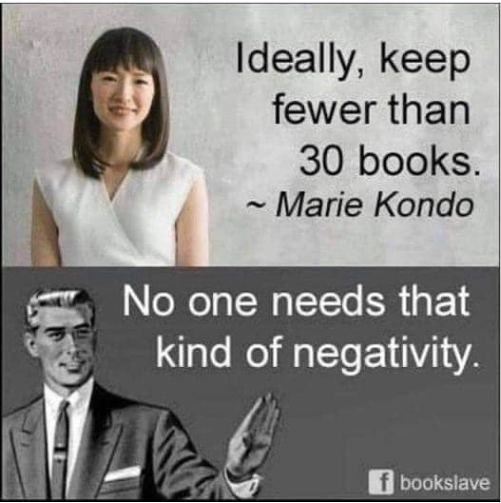
 Do you judge a book by its cover?
Do you judge a book by its cover?


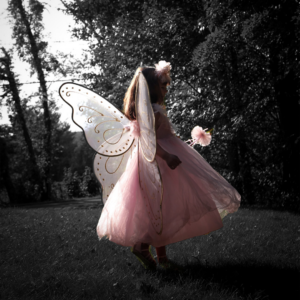
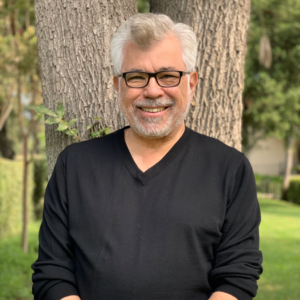
 Congratulations! You won an all-expense[s]-paid trip to the location of the last book you read or are currently reading.
Congratulations! You won an all-expense[s]-paid trip to the location of the last book you read or are currently reading.  To master the art of writing we need to read. Whenever the words won’t flow, I grab my Kindle. Reading someone else’s story kickstarts my creativity, and like magic, I know exactly what I need to do in my WIP.
To master the art of writing we need to read. Whenever the words won’t flow, I grab my Kindle. Reading someone else’s story kickstarts my creativity, and like magic, I know exactly what I need to do in my WIP.
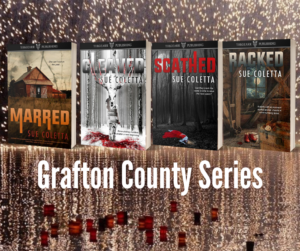
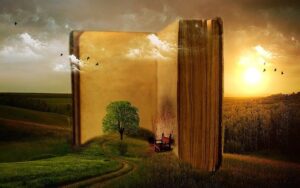 The pandemic changed the reading and/or writing habits for many.
The pandemic changed the reading and/or writing habits for many.
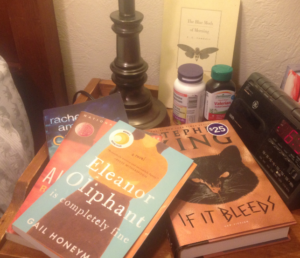
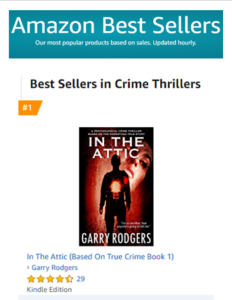
 Back in 2017, Jim wrote
Back in 2017, Jim wrote  Being an author requires a long-term game plan. There is no get-rich-quick scheme. For most of us, one book won’t produce enough income to survive. Thus, we need a strategic approach to building our brand. The #1 way to do that is to grow our email list, and a free ebook campaign can accomplish that goal.
Being an author requires a long-term game plan. There is no get-rich-quick scheme. For most of us, one book won’t produce enough income to survive. Thus, we need a strategic approach to building our brand. The #1 way to do that is to grow our email list, and a free ebook campaign can accomplish that goal. BookFunnel membership comes with free promotions. Hosts offer several different promo opportunities.
BookFunnel membership comes with free promotions. Hosts offer several different promo opportunities. If you like BookFunnel, you will love
If you like BookFunnel, you will love  As a reader, are you a loyal fan? Let’s test that loyalty. 🙂
As a reader, are you a loyal fan? Let’s test that loyalty. 🙂